
hotline:
17715390137
Tel/Wechat:
18101240246 (Technology)
0512-68565571
Email:mxenes@163.com (Sales Engineer)bkxc.bonnie@gmail.com
Scan the code to follow or search the official account on WeChat:
2D Materials Fronrier After paying attention,
click on the lower right corner to contact us,
Enter enterprise WeChat.
Professional Services Online

Nanozymes refer to nanomaterials with enzyme-like activities. Since academician Yan Xiyun discovered that magnetic ferroferric oxide nanoparticles have essential peroxidase activity in 2007, 1 scholars have successively discovered the enzyme-like properties of nanomaterials such as precious metals, transition metals and carbon materials, and have applied them widely Biomedical analysis and other fields. 2, 3 The complex structure and atomic composition endow nanomaterials with a variety of catalytic sites and catalytic mechanisms, which poses a huge challenge for us to understand its structure-activity relationship and catalytic nature. In order to further improve the catalytic activity of nanoenzymes and to understand its catalytic mechanism and essence, researchers have discovered that single-atom catalysts, especially MNC-type single-atom catalysts, have active centers similar to those of natural metal enzymes, so they can mimic the catalytic activity of enzymes. This catalyst is called a single-atom nanoenzyme. 4-6 Compared with traditional nanoenzymes, single-atom nanoenzymes have the advantages of atomically dispersed active sites, 100% atom utilization efficiency, and adjustable coordination environment, which endow single-atom nanoenzymes with excellent catalytic performance. It is more conducive to understanding the catalytic nature of nanoenzymes from the atomic scale, and provides a theoretical basis for designing efficient nanoenzymes.
This article mainly introduces the research results of the research group of Professor Zhu Chengzhou of Central China Normal University in the field of monoatomic nanoenzymes.
Fe-N-C single-atom nanoenzyme design and application in the detection of hydrogen peroxide in cells
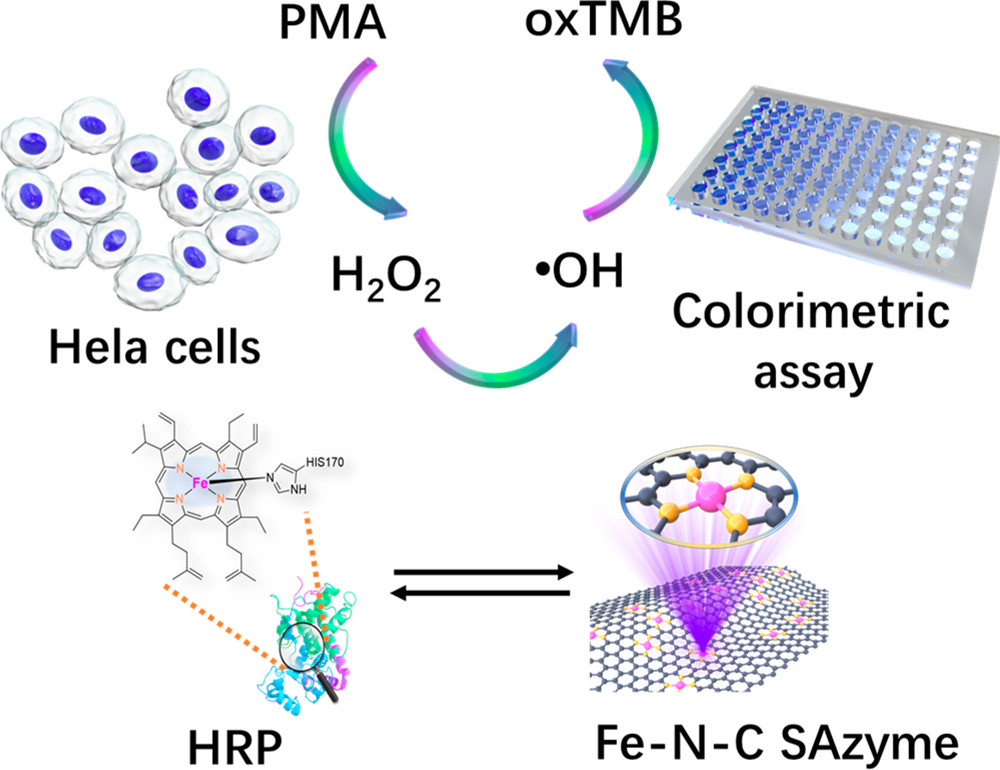
Figure 1. Schematic diagram of intracellular hydrogen peroxide detection 7
The author uses the abundant hydroxyl on the glucose molecule to chelate iron ions, which can avoid the agglomeration of metal ions. Dicyandiamide was used to provide nitrogen source to anchor iron atoms, and two-dimensional Fe-N-C single-atom nanozymes with FeN4 as the active center were synthesized by one-step annealing method. The active center of Fe-N-C single atom nanozyme is similar to natural horseradish peroxidase, so it can show excellent peroxidase activity. 7
Hydrogen peroxide plays an important role in the organism and is the product of many biochemical reactions. Hydrogen peroxide will decompose to produce a large amount of reactive oxygen species and then cause oxidative damage, which has a greater toxic effect on living organisms. For example, excessive ROS can cause cell canceration and induce cardiovascular diseases. Therefore, the sensitivity detection of hydrogen peroxide is of great significance in biochemical analysis and clinical diagnosis. In this work, the hydrogen peroxide produced by PMA to stimulate Hela cells can be captured by Fe-N-C single-atom nanoenzymes, and further decomposed into hydroxyl radicals with strong oxidizing ability, which can oxidize the substrate TMB to change color. This realizes the sensitive detection of hydrogen peroxide in the cell (Figure 1)
Optimized design of high-load two-dimensional M-N-C single-atom nanozyme and detection of intracellular hydrogen peroxide
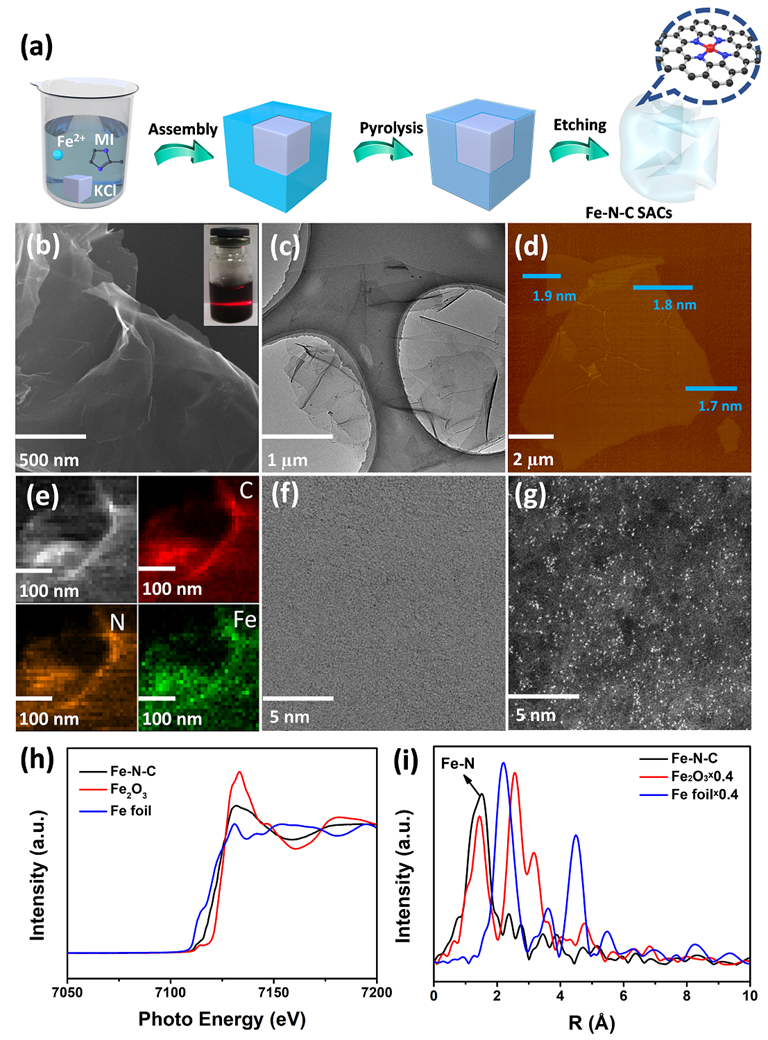
Figure 2. Preparation process and structure characterization of high loading Fe-N-C single atom nanozyme 8
The above work is the author‘s preliminary exploration in the field of monoatomic nanozymes, but the catalytic mechanism of M-N-C monoatomic nanozymes is not clear, and the metal atom loading is relatively low, resulting in a small number of active sites. Recently, the authors used a general salt template strategy to prepare two-dimensional ultra-thin M-N-C (M=Fe, Co and Zn) single-atom nanozymes. 8 Characterization results show that the catalyst has a two-dimensional ultra-thin nanosheet structure, in which the thickness of Fe-N-C is about 1.8 nm, which can increase the loading and exposure of metal atoms. The results of spherical aberration electron microscopy and X-ray absorption indicate that the metal in the catalyst is distributed on the surface of the catalyst in the form of single atoms. ICP-OES test results found that the Fe-N-C single-atom catalyst contained 13.5 wt% Fe atoms, which far exceeded the currently reported Fe-N-C single-atom catalyst.
The author studied the peroxidase activity of Fe (Co, Zn)-NC single-atom nanozymes by using TMB as a substrate, and found that the specific activity of Fe-NC single-atom nanozymes is 25.33 U/mg far exceeding Co-NC (6.33 U/mg) and Zn-NC (2.46 U/mg). Using KSCN and isopropanol as probe molecules, combined with electron spin resonance technology, the author found that Fe single atom is the active site of catalysis, and the active intermediate product is hydroxyl radical. Through comparison, it is found that the catalytic activity of the Fe-N-C single-atom nanozyme (loading 13.5 wt%) prepared by this method far exceeds the activity of the single-atom nanozyme (loading 1.3 wt%) in the author‘s previous work.
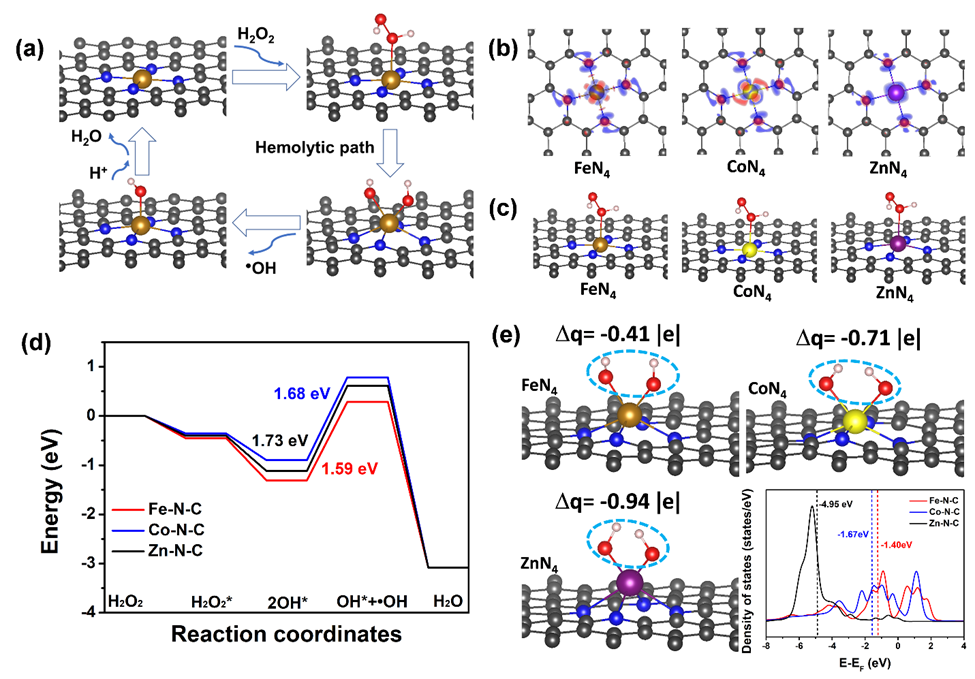
Figure 3. Study on the catalytic mechanism of M-N-C single-atom nanozymes 8
Combining the above experimental results, the author studied the catalytic mechanism of M-N-C (M=Fe, Co, Zn) monoatomic nanozymes through theoretical calculations. After the hydrogen peroxide molecule is adsorbed on the surface of the metal atom, it is split into two OH*. One of the OH* is released to form a hydroxyl radical as an active intermediate product, and the other OH* combines with H+ to form H2O, which is further desorbed from the surface of the metal atom. The catalyst returns to its initial state. The author found that the formation of hydroxyl radicals is a speed determining step. Fe-N-C single-atom nanozymes have the smallest energy barrier (1.58 eV), and they have the largest adsorption energy for hydrogen peroxide (-0.45 eV). Combining further theoretical calculations, the author found that the electron transfer between OH* and Fe atoms is the least, which makes it easier for hydroxyl radicals to be released. Therefore, Fe-N-C single-atom nanozymes have the highest peroxidase activity.
With the help of the excellent peroxidase activity of the synthesized Fe-N-C single-atom nanozyme, the author applied it to the highly sensitive detection of hydrogen peroxide in cells. This work has thoroughly studied the peroxidase catalytic mechanism of M-N-C single-atom nanozymes, and provided experimental and theoretical support for the design of highly efficient single-atom nanozymes.
Fe-N-C single-atom nanoenzyme mimics oxidase with hierarchical porous structure and its application in the evaluation of acetylcholinesterase activity
The design and preparation of the catalyst follow two basic principles, namely, increasing the number of active sites of the catalyst and the intrinsic activity of active sites. How to construct a single-atom catalyst and realize these two basic principles at the same time is a very important scientific problem. Around this starting point, the author used the dual template method to construct a Fe-N-C single-atom nanoenzyme system with a hierarchical porous structure with FeN2 active sites. 9 Specifically, silicon balls and zinc salts are used as templates, and glucosamine is the precursor of carbon and nitrogen, treated at high temperature in the presence of iron salts, and then acid-etched to obtain the final product. It is worth mentioning that on the one hand, the addition of Zn salt can effectively prevent the aggregation of Fe atoms and further increase the number of single atoms; on the other hand, under high temperature conditions, the volatilization of Zn can also generate a large number of pore structures and increase carbon materials. The specific surface area and the mesopores generated by the silicon balls construct a hierarchical porous structure.
Experiments prove that the Fe-N-C single-atom nanozyme has excellent oxidase-like activity. By activating oxygen into reactive oxygen species-superoxide radicals (O2-•), it can then catalyze the color reaction of substrate molecules. The author found through XPS and Fourier infrared analysis that sulfhydryl molecules can bind to Fe-N-C single-atom nanozymes, thereby inhibiting its oxidase activity. In the biological monitoring of organophosphorus pesticides (OPs) exposure, cholinesterase activity has been widely used as a biomarker for organophosphorus pesticides to determine the degree of harm to organisms. Acetylcholinesterase (AChE) catalyzed thioacetylcholine to produce mercaptocholine can also inhibit the oxidase activity of Fe-N-C single-atom nanozymes, thereby realizing the detection of AChE activity. OPs can specifically inhibit the activity of AChE, and based on this, the sensitive detection of OPs can also be achieved.
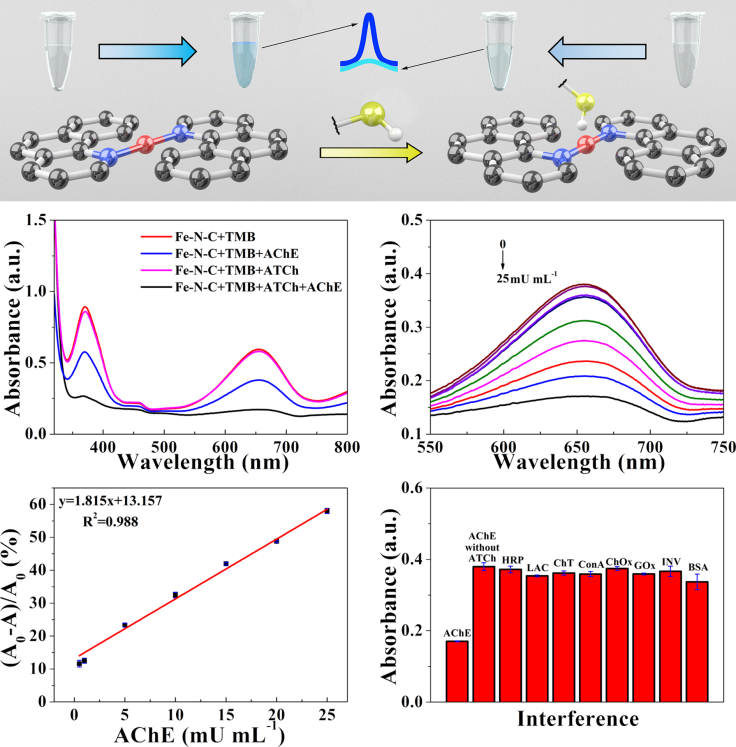
Figure 4. Fe-N-C single-atom nanoenzyme used for acetylcholinesterase activity evaluation 9
High-load two-dimensional Cu-N-C single-atom nanoenzyme and single-atom nanoenzyme tandem reaction system for detection of organophosphorus pesticides
This work proposes a salt template method for the synthesis of high-loaded Cu-N-C single-atom nanozymes. 10 The Cu-NC single-atom nanoenzyme has a metal loading of 5.1 wt%, abundant active sites can effectively further enhance the activity of nanoenzymes, and the ultra-thin nanosheet structure improves the actual exposure of active sites . At the same time, while copper-based single-atom nanozymes show good peroxidase-like activity, their oxidase-like activity is poor, which indicates that the specificity of Cu-N-C single-atom nanozymes has improved. Using these two advantages, the author constructed a tandem reaction system of Cu-N-C single-atom nanozymes and natural AChE and choline oxidase (ChOx) and applied it to the sensitive detection of small biological molecules acetylcholine (ACh). Based on the specific inhibition of the activity of AChE by OPs, the tandem reaction system is further applied to the detection of organophosphorus pesticides (OP).

Figure 5. Tandem reaction detection of ACh and OPs10
After more than ten years of rapid development, nanoenzymes have become a research hotspot in the field of biochemical analysis and detection and have achieved remarkable results. The introduction of the concept of single-atom catalysis into the field of nanoenzymes not only helps to design and synthesize a series of high-performance nanoenzymes, but also helps to understand the catalytic nature of nanoenzymes from an atomic point of view, and provides theoretical support for the design and activity regulation of nanoenzymes. Although single-atom nanoenzymes have made great progress in the fields of biosensing, organic pollutant degradation and biotherapy, they still face a series of opportunities and challenges. 11
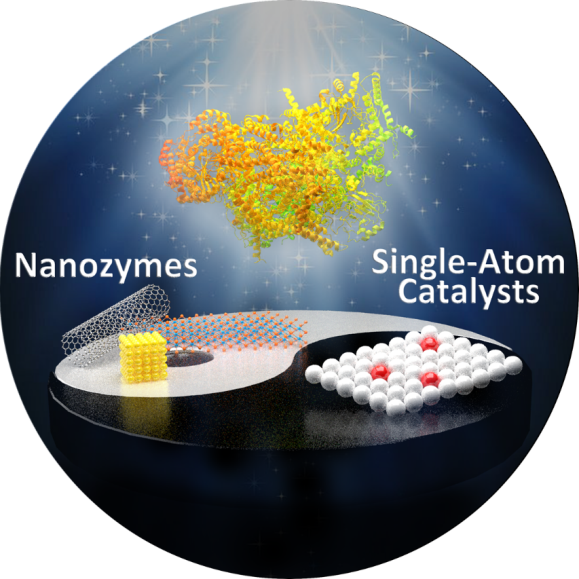
Figure 6. Nanozymes and single-atom catalysts 11
From the perspective of catalyst synthesis, designing and synthesizing high-load, high-exposure nanoenzyme systems is still a prerequisite for the wide application of single-atom nanoenzymes; in terms of characterization, development of in-situ, real-time, and dynamic advanced characterization techniques It is the fundamental guarantee for the research of single-atom nanoenzymes; precise regulation of the coordination environment, electronic and geometric structure and improvement of catalytic activity and selectivity are key issues in the research of single-atom nanoenzymes. The current catalytic activity and selectivity of single-atom nanoenzymes There is still a big gap compared to natural enzymes; with the help of the latest research results in the field of single-atom catalysis to reveal the internal connection between the structure and catalytic properties of single-atom nanoenzymes, and to explore the catalytic nature of nanoenzymes at the atomic scale. An important direction of enzyme research; in addition, further expanding the types of single-atom nanoenzymes and their application fields are also the focus of current research. With the deepening of research, it is believed that single-atom nanoenzymes will show greater application potential.
This information is from the Internet for academic exchanges. If there is any infringement, please contact us and delete it immediately

| Reminder: Beijing Beike New Material Technology Co., Ltd. supplies products only for scientific research, not for humans |
| All rights reserved © 2019 beijing beike new material Technology Co., Ltd 京ICP备16054715-2号 |